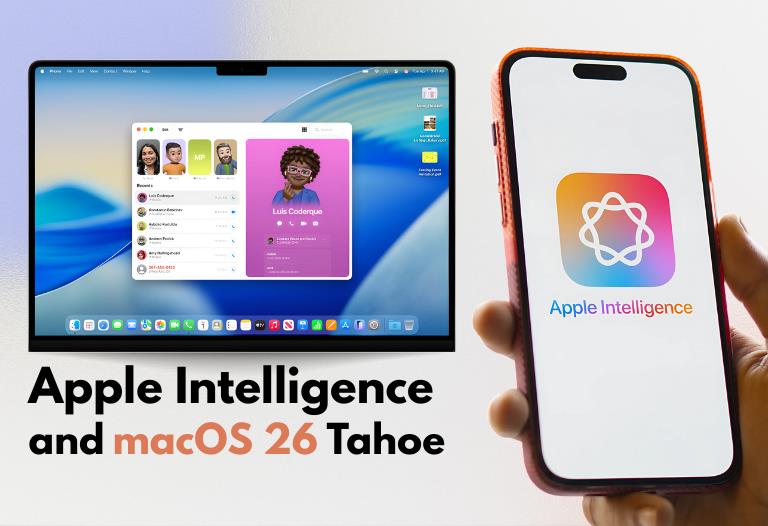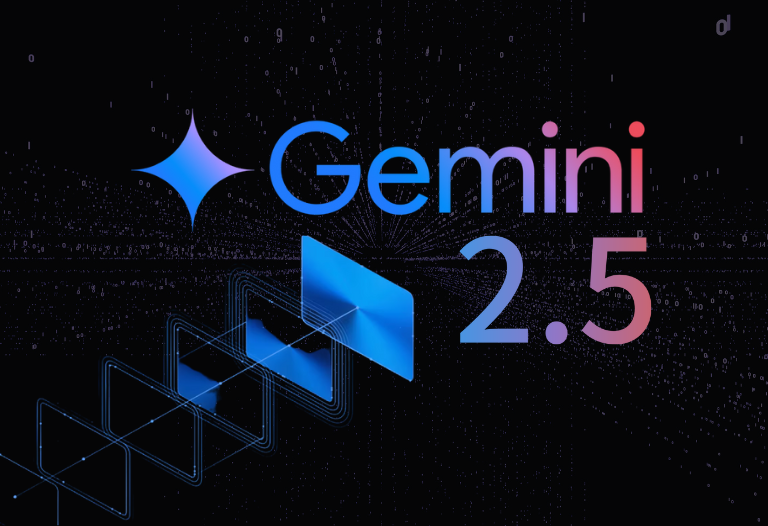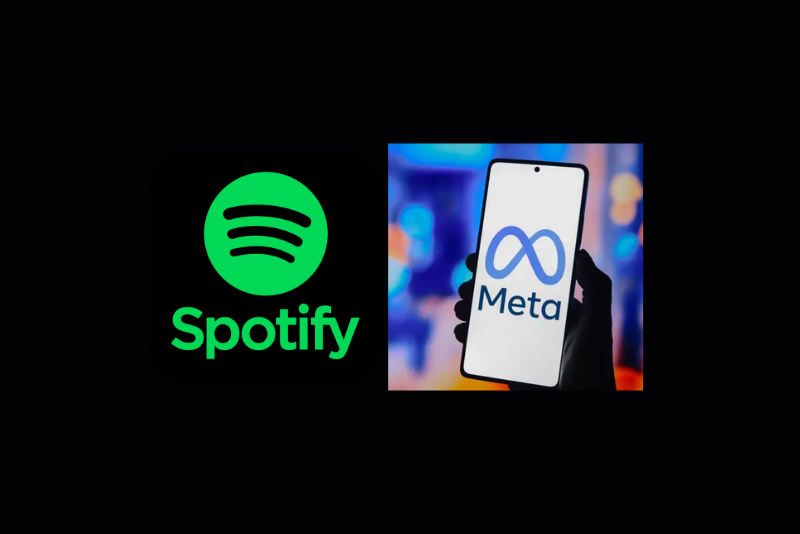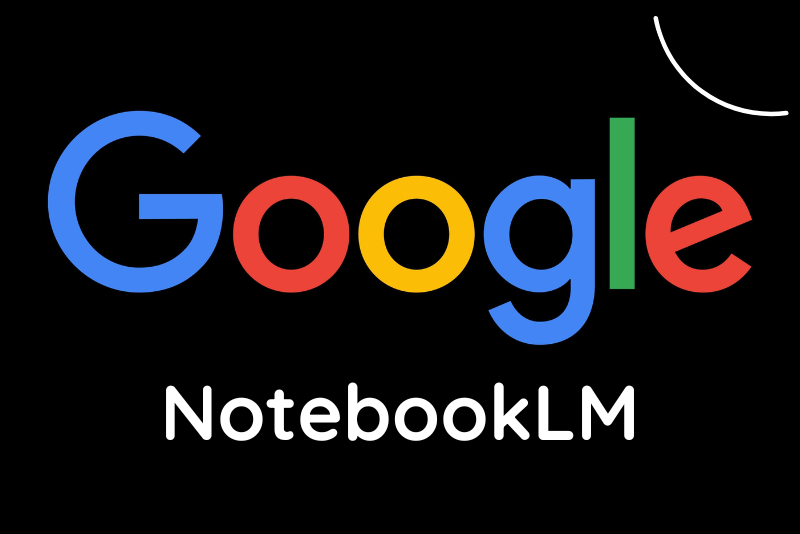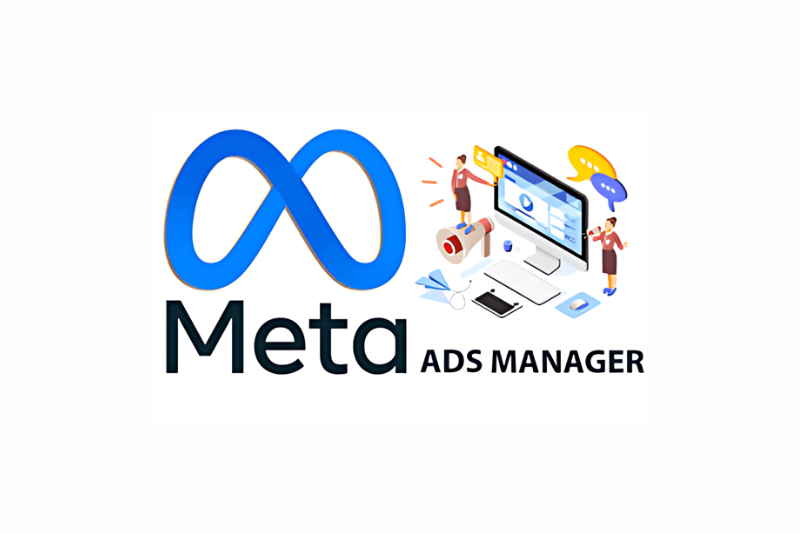
Today, we turn our attention to a truly groundbreaking development: the unveiling of Meta’s Llama 4.
This suite of next-generation models signifies a monumental leap, ready to redefine how we interact with and harness the power of AI.
Llama 4 performance seems to be quite above the expected incremental improvements, bringing in an era characterized by native multimodality. This means it can go beyond all the existing current models’ capacity for understanding context, and deliver remarkable operational efficiency.
These advancements collectively open up a huge array of opportunities for crafting more personalized and intuitively intelligent experiences for a firm like us. At Primotech, we are firm believers in equipping you with the knowledge and the resources necessary to capitalize on such transformative technologies fully.
We have been closely monitoring the evolution of Llama 4, and here’s our take based on our comprehensive understanding of its features and how we can empower you to integrate its capabilities into your unique applications.
The speed at which major cloud providers have integrated Llama 4 into their offerings 1 clearly shows how imperative it has become and how much of an impact it is going to make across the industry.
If you are still not thinking about adopting AI and integrating it within your current infrastructure, you are going to lose a big competitive edge in this increasingly AI-driven world.
Starting With the Capabilities of Llama 4 Scout
Llama 4 Scout is a model that stands as a true leader in its performance class. Featuring 17 billion active parameters and an innovative architecture that leverages 16 specialized experts within its Mixture-of-Experts (MoE) framework 3, Scout delivers exceptional capabilities while maintaining impressive efficiency.
A particularly noteworthy aspect of Llama 4 Scout is its ability to operate effectively on a single NVIDIA H100 GPU, utilizing Int4 quantization.This accessibility can democratize advanced AI and make its power available to a much wider spectrum of organizations.
The fact that a model with billions of parameters can function on a single high-end GPU significantly lowers the barrier to entry for many organizations.
Historically, models of this scale demanded extensive clusters of expensive GPUs, often rendering them inaccessible to a significant portion of the market.
This single-GPU requirement translates to reduced upfront investment in hardware, streamlined deployment procedures, and lower ongoing operational expenses related to energy consumption and cooling.
This increased accessibility empowers smaller companies, startups, and academic institutions to explore and implement cutting-edge AI without the previously prohibitive infrastructure costs. This, in turn, accelerates the pace of innovation as more individuals and organizations can now experiment with and build upon this powerful technology.
Llama 4 Scout’s industry-leading context window extends to an impressive 10 million tokens.
To give you a sense of scale, previous models like Llama 3 had a context window of 128,000 tokens.
This monumental increase allows Scout to process and comprehend information better than whatever is out there. This massive context window holds interesting implications for a multitude of applications.
Just think like this –
You can conduct in-depth analyses of vast document repositories, create highly personalized user experiences based on extensive interaction histories, and achieve a comprehensive understanding of intricate codebases –in just a few minutes.
The expansion of the context window to 10 million tokens in Llama 4 Scout 3 represents a fundamental shift in the potential of large language models. This increase, nearly 80 times greater than that of Llama 3 8, allows Scout the ability to retain and process significantly more information within a single interaction.
Now what does this mean for you?
This means that now you can think about developing applications that were previously beyond the realm of imagination.
You can summarize thousands of pages of research material, analyze years of customer interactions to discern crucial trends, or understand and reason over extensive and complex software projects—all within a single, coherent process.
This extended context unlocks opportunities for more nuanced, comprehensive, and ultimately more valuable AI-powered solutions across a wide range of industries.
The foundation for this remarkable context length lies in Scout’s pre-training and post-training phases, which were conducted with a 256K context length, endowing it with advanced length generalization capabilities.
Furthermore, the innovative iRoPE architecture, which utilizes interleaved attention layers without positional embeddings, coupled with inference time temperature scaling of attention, is a key technical innovation that enables this remarkable achievement.
What else?
Llama 4 Scout isn’t solely defined by its long context; it also stands as a top-tier performer in various benchmarks.
It is recognized as the best multimodal model in its class, surpassing all previous generations of Llama models.
In rigorous evaluations, Scout has demonstrated superior results compared to models such as Gemma 3, Gemini 2.0 Flash-Lite, and Mistral 3.1 across a diverse set of widely recognized benchmarks.
Its capability to accurately align user prompts with visual concepts and anchor responses to specific regions within an image positions it as best-in-class for image grounding.
Across critical domains including coding, reasoning, understanding long context, and analyzing images, Llama 4 Scout consistently outperforms comparable models and even surpasses all prior Llama iterations.
Breakthrough Multimodal Performance with Llama 4 Maverick
Let’s talk about Llama 4 Maverick, another model within the Llama 4 family.
While sharing the same 17 billion active parameters as Scout, Maverick features a more extensive Mixture-of-Experts (MoE) architecture, incorporating 128 experts and a total of 400 billion parameters.
This design allows for even greater specialization and a more nuanced understanding of complex inputs. Maverick is also engineered for efficient deployment, fitting comfortably on a single NVIDIA H100 DGX host.
Llama 4 Maverick seems to be outshining some of the industry-leading performers in understanding both images and text.It allows the creation of sophisticated AI applications that effortlessly bridge language barriers and perceive the world in a manner that is much more easily recognized by us, humans.
There is no doubt that Maverick is extensively versatile and excels as a general-purpose assistant and in chat-based applications. It has already demonstrated exceptional precision in image understanding and a remarkable aptitude for creative writing.
In the evaluations so far, Llama 4 Maverick has demonstrated its dominance, outperforming leading models such as GPT-4o and Gemini 2.0 Flash across a broad range of widely reported benchmarks.
What’s more astonishing to notice is that Maverick was able to achieve comparable results to the significantly larger DeepSeek v3 on demanding tasks like reasoning and coding, all while utilizing less than half the active parameters.
It is truly a model that is going to attract a lot of startups and enterprises due to its balance between performance and cost-effectiveness.
An experimental chat version of this model achieved an impressive ELO score of 1417 on the LMArena platform, highlighting its best-in-class efficiency.
What does this mean?
It simply means that it can have strong conversations with humans in their tone and style, understanding them instantly. LMArena employs a dynamic ranking system, similar to that used in chess, where models are anonymously compared side-by-side, and users cast their votes for the superior response.9
While this score serves as an indicator of Maverick’s performance in interactive settings, it is important to acknowledge that the evaluation is based on subjective human preferences, which can be influenced by various factors beyond mere factual accuracy or logical reasoning.12
Therefore, while the LMArena score suggests excellent conversational capabilities, it represents just one facet in the comprehensive assessment of Maverick’s overall strengths.
You will be astonished to note that Llama 4 Maverick surpassed comparable models like GPT-4o and Gemini 2.0 in crucial areas, including coding, reasoning, multilingual understanding, handling long context, and image analysis.
It even competed effectively with the much larger DeepSeek v3.1 in coding and reasoning tasks.
| Feature | Llama 4 Scout | Llama 4 Maverick | Llama 4 Behemoth |
| Active Parameters | 17 Billion | 17 Billion | 288 Billion |
| Total Parameters | 109 Billion | 400 Billion | ~2 Trillion |
| Number of Experts | 16 | 128 | 16 |
| Context Window | 10 Million Tokens | 1 Million Tokens (Instruction Tuned) | (Still Training – Details to be Shared) |
| Key Highlights | Best in class multimodal, outperforms Gemma 3, Gemini 2.0 Flash-Lite, Mistral 3.1, best in image grounding | Beats GPT-4o, Gemini 2.0 Flash, comparable to DeepSeek v3 on reasoning/coding (half parameters), ELO 1417 on LMArena | Outperforms GPT-4.5, Claude Sonnet 3.7, Gemini 2.0 Pro on STEM benchmarks (MATH-500, GPQA Diamond) |
| Hardware | Single NVIDIA H100 GPU (with Int4 quantization) | Single NVIDIA H100 DGX Host | (Not yet released) |
Technology Behind Llama 4
The remarkable capabilities of Llama 4 are built upon a foundation of cutting-edge technological advancements.
Mixture-of-Experts (MoE) Architecture
At the core of Llama 4’s efficiency and power lies its innovative Mixture-of-Experts (MoE) architecture. Unlike traditional “dense” models, where every parameter is engaged for every input, MoE models strategically activate only a specific fraction of their total parameters for each token.3
This selective activation makes MoE architectures significantly more compute-efficient for both the intensive training process and the real-time inference when you are utilizing the model.3 For a given amount of computational resources, MoE can deliver higher quality results compared to a dense model of similar cost.
If we take an example of Llama 4 Maverick – it has 17 billion active parameters, yet its total parameter count easily reaches 400 billion.3
How does it do so?
This is accomplished by alternating dense layers with MoE layers. During inference, each piece of input (token) is routed to a shared expert and also to one of the 128 specialized routed experts.3
The main thing to note here is that while all 400 billion parameters are stored in memory, only the 17 billion active ones are actually involved in processing each input.
This dramatically improves inference efficiency, resulting in lower costs and faster response times when you are using applications powered by Llama 4 Maverick.3
The Mixture-of-Experts (MoE) architecture in Llama 4 is a strategic design choice that directly counters the trade-off between model size, performance, and computational cost.3
By dividing the model into numerous specialized “expert” networks and intelligently directing different parts of the input to the most relevant experts, Llama 4 can achieve a level of complexity and knowledge representation that would be computationally prohibitive in a traditional monolithic model of the same performance.
This allows for the creation of highly capable AI that can be deployed and run efficiently on existing hardware infrastructure, making advanced AI more practical and cost-effective for a broader range of users and applications.
Native Multimodality and Early Fusion
Llama 4 models are designed from the outset to understand and process different types of data, specifically text and vision, together. This is achieved through a technique known as early fusion.3
Early fusion represents a significant advancement because it allows Llama 4 to seamlessly integrate text and vision tokens into a single, unified model backbone.3
So, instead of treating text and images as separate inputs that are processed independently and then combined, Llama 4 merges them early in the processing pipeline.
This early integration enables the model to be jointly pre-trained on vast amounts of unlabeled text, image, and video data.3 By learning from these diverse datasets simultaneously, it develops a better understanding of how text and visual information relate to each other.
You would be surprised to note that there is a vision encoder within Llama 4 that has been significantly enhanced.
It is based on MetaCLIP but has been trained separately in conjunction with a frozen Llama model.
This ensures that the vision encoder is finely tuned to work optimally with the language model, leading to improved overall multimodal performance.3
Early fusion allows for a truly unified understanding, enabling Llama 4 to perform tasks that require reasoning across both text and visual domains with greater accuracy and coherence, leading to more intuitive and powerful applications for you.
Training Data
The remarkable capabilities of Llama 4 are underpinned by the sheer scale and diversity of its training data. Meta employed a new training technique called MetaP, allowing for the reliable setting of crucial hyperparameters.3
Llama 4 was pre-trained on an astonishing 200 languages, with over 100 of these languages having more than one billion tokens each.
In total, Llama 4 incorporates ten times more multilingual tokens compared to its predecessor, Llama 3.3 This extensive multilingual training makes Llama 4 exceptionally well-suited for global applications.
To ensure efficient training without compromising quality, Llama 4 utilized FP8 precision. During the pre-training of the massive Llama 4 Behemoth model, they achieved an impressive 390 TFLOPs per GPU while utilizing 32,000 GPUs.3
The overall dataset used for training Llama 4 exceeded 30 trillion tokens, more than double the amount used for Llama 3.
This massive dataset includes a rich mixture of text, images, and video data, providing the model with a comprehensive understanding of the world.3
Furthermore, Meta continued training the model in a “mid-training” phase, employing new recipes and specialized datasets to enhance core capabilities and extend the context length, ultimately leading to the best-in-class 10 million token input context for Llama 4 Scout.3
They trained it on over 30 trillion tokens, encompassing a wide range of text, images, and videos, which allowed the model to learn intricate patterns and relationships across different modalities.
The significant emphasis on multilingual data, with support for 200 languages, ensured that Llama 4 can effectively understand and generate content in a multitude of linguistic contexts.
This comprehensive and carefully curated training regime is what empowered Llama 4 to excel in a wide array of tasks, from understanding complex instructions to generating creative content and reasoning across different domains.
How Can We Help You Leverage The Power Of Llama 4?
At Primotech, we recognize that navigating the rapidly evolving landscape of AI can present significant challenges. This is precisely where our expertise becomes invaluable.
We stand as your dedicated partner in understanding, implementing, and optimizing cutting-edge technologies like Meta’s Llama 4.
Our team possesses an in-depth understanding of the intricate architecture and diverse capabilities of Llama 4. We have been working with the previous models, and understand how this update is going to open new opportunities for us.
Our team comprises experts from a wide range of fields, including seasoned AI researchers and ML engineers specializing in large-scale deployments, along with industry analysts with a keen understanding of practical business applications.
This multidisciplinary approach enables us to provide holistic solutions that are precisely tailored to your unique business needs and objectives.
We offer a comprehensive suite of services designed to help you seamlessly integrate such powerful tech into your existing workflows and to develop innovative new applications that were previously unattainable.
Do you require a custom AI solution tailored to your specific needs?
We can help! We have the expertise to deploy Llama 4 across a variety of infrastructure options, whether you prefer the flexibility and scalability of leading cloud platforms like AWS, Azure, and IBM, or the control and security of on-premise solutions. We will meticulously optimize the deployment for both cost-efficiency and peak performance.
Many businesses have already made substantial investments in these cloud ecosystems. We can assist you in leveraging the existing infrastructure and powerful tools provided by these cloud vendors to maximize the performance and scalability of your Llama 4-powered applications while effectively minimising deployment complexities and associated costs.
Building a Safer AI Future with Llama 4
Meta has placed a significant emphasis on developing Llama 4 with a strong commitment to responsible AI practices, integrating robust safeguards at every stage of its development lifecycle.3
This includes meticulous data filtering during the pre-training phase and the application of various sophisticated post-training techniques specifically aimed at ensuring helpful and harmless outputs.
Recognizing the critical importance of transparency and community involvement in fostering trust and responsible innovation, Meta has open-sourced several key system-level safeguards that developers can readily integrate into their Llama-powered applications.
These include:
- Llama Guard: a powerful model designed to identify potentially harmful inputs and outputs based on a comprehensive hazards taxonomy
- Prompt Guard: a specialized classifier engineered to detect malicious prompts and prompt injection attacks.
- CyberSecEval: a suite of evaluations focused on understanding and effectively mitigating cybersecurity risks associated with generative AI.3
To further enhance the rigorous evaluation of potential risks, Meta has developed the innovative Generative Offensive Agent Testing (GOAT) framework.
This cutting-edge approach simulates multi-turn interactions with adversarial actors, enabling more comprehensive testing coverage and the faster identification of potential vulnerabilities.
By automating significant portions of the testing process, GOAT allows human experts to focus their efforts on more novel and complex adversarial scenarios, ultimately leading to more robust and secure AI systems.3
We at Primotech always focus on established methodologies and robust frameworks for AI safety and ethics, ensuring that our Llama 4-powered solutions are developed and deployed in a manner that benefits society as a whole and minimizes any potential harm.
Get Started with Llama 4 Today
We are ideally positioned to help you achieve the transformative potential of Llama 4 for your business.
Whether your goals involve developing more engaging and intuitive customer experiences, gaining deeper and more actionable insights from your valuable data, or building innovative new products and services that set you apart from the competition, our team of experienced experts is ready to guide you every step of the way.
Don’t allow your organization to be left behind in this rapidly advancing new era of AI.
Contact Primotech today for a comprehensive consultation!
Visit Primotech.ai to learn more about our comprehensive suite of AI services and explore compelling potential use cases relevant to your industry.




 April 10, 2025
April 10, 2025